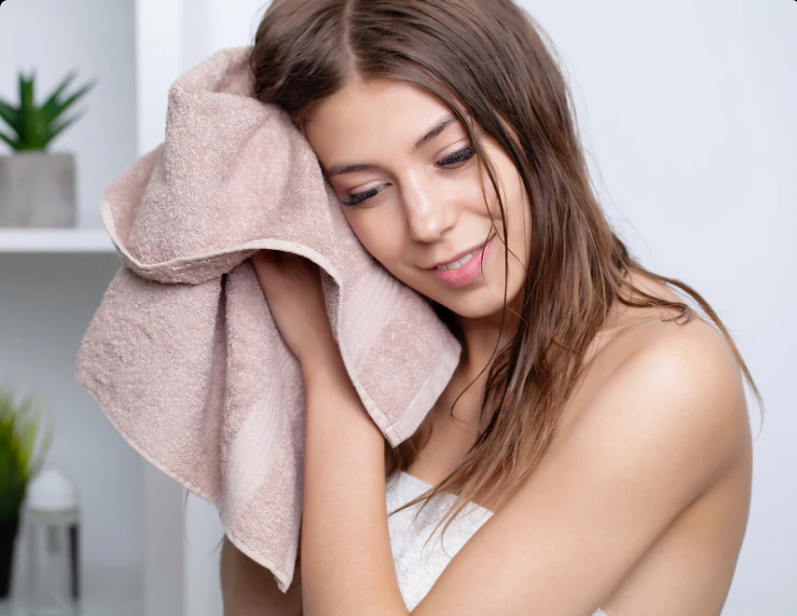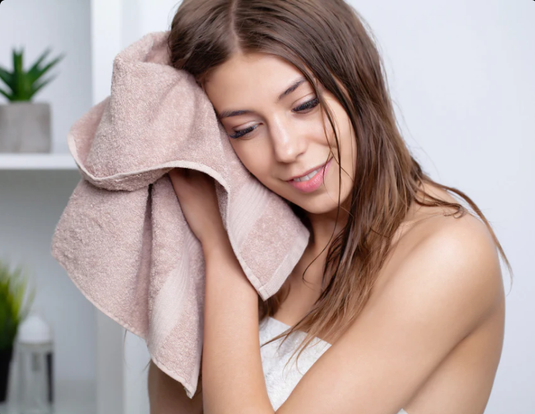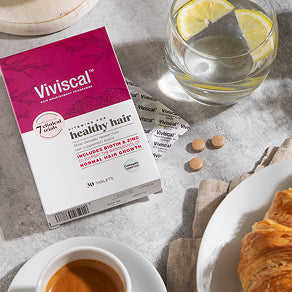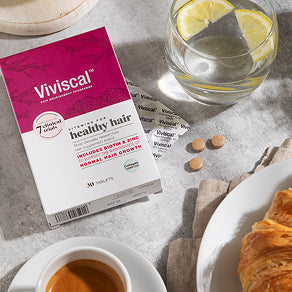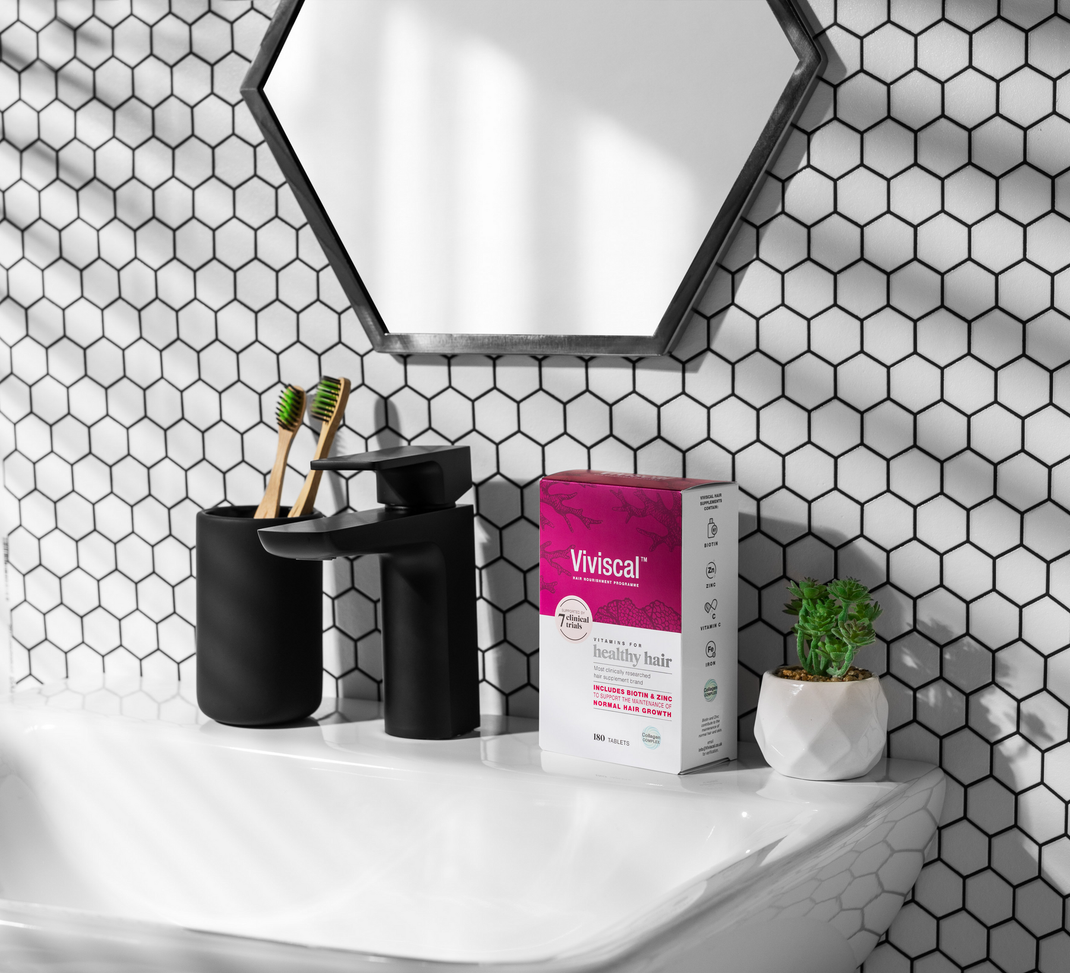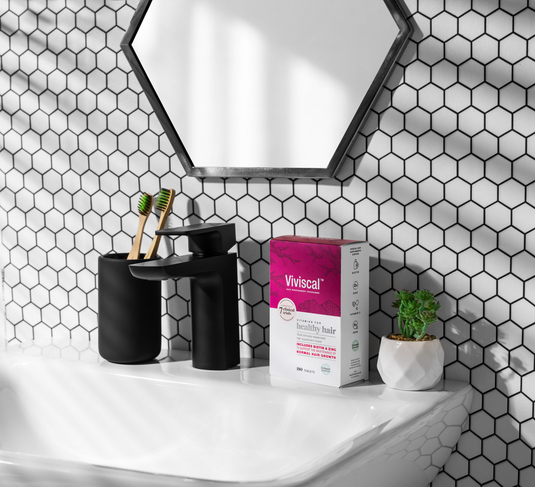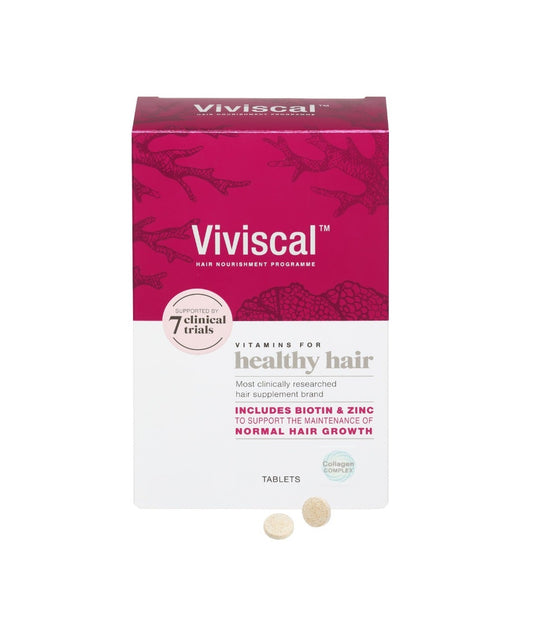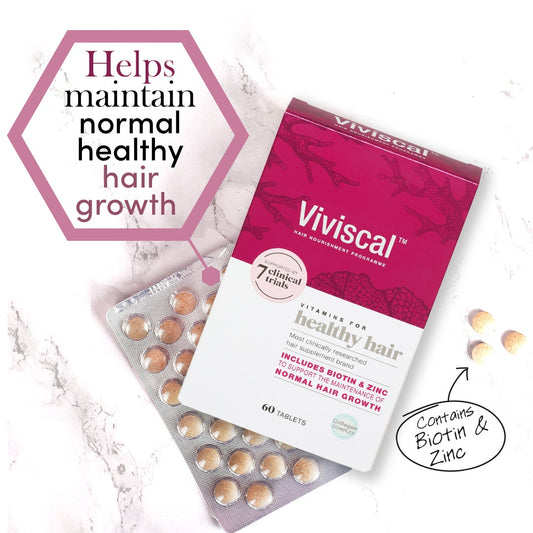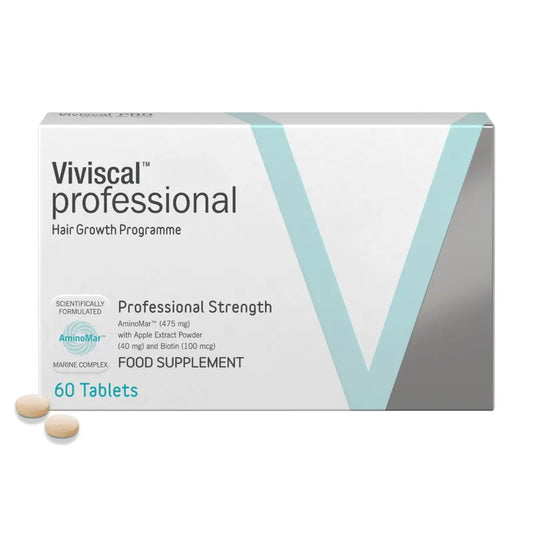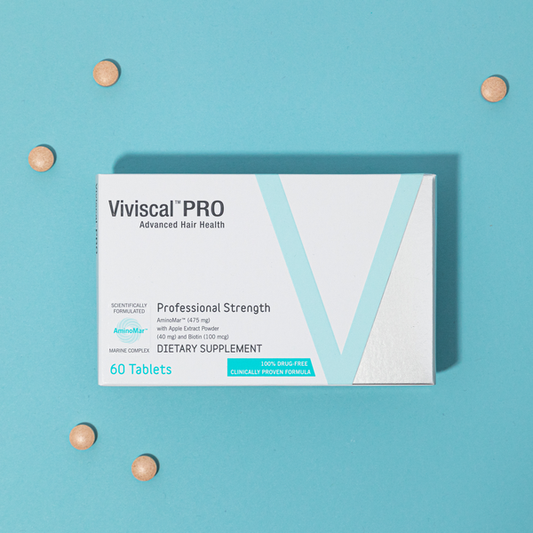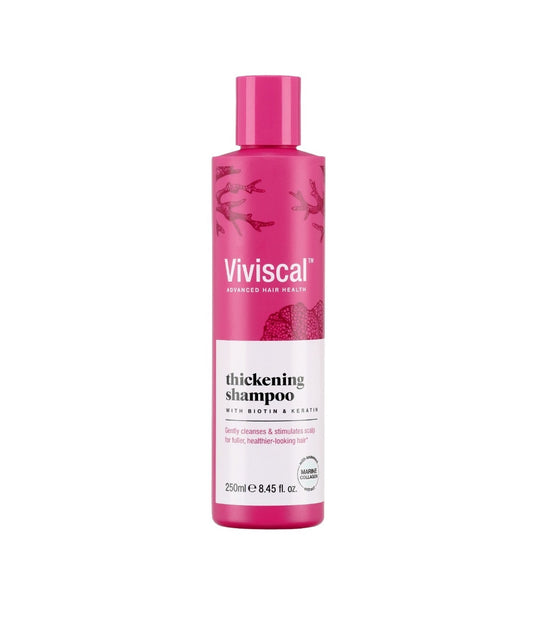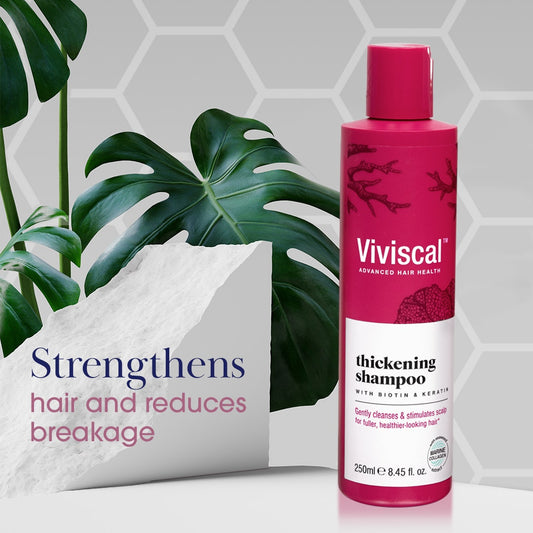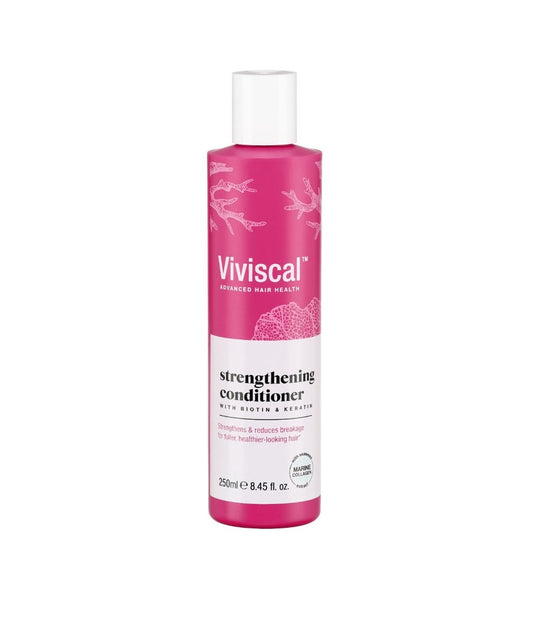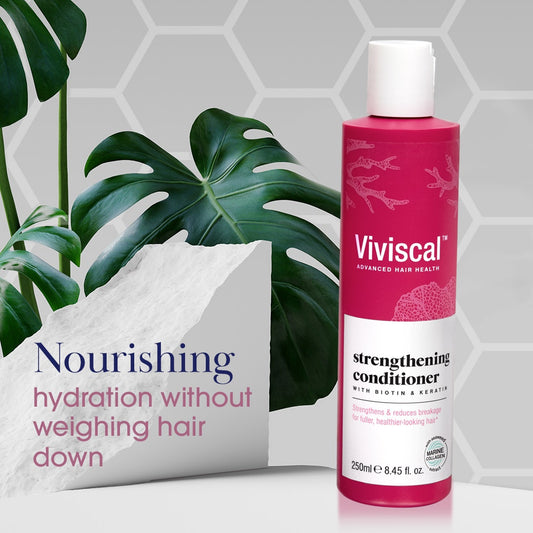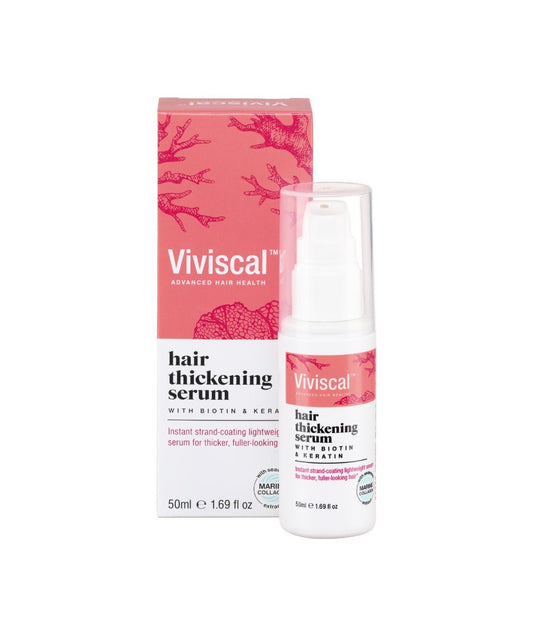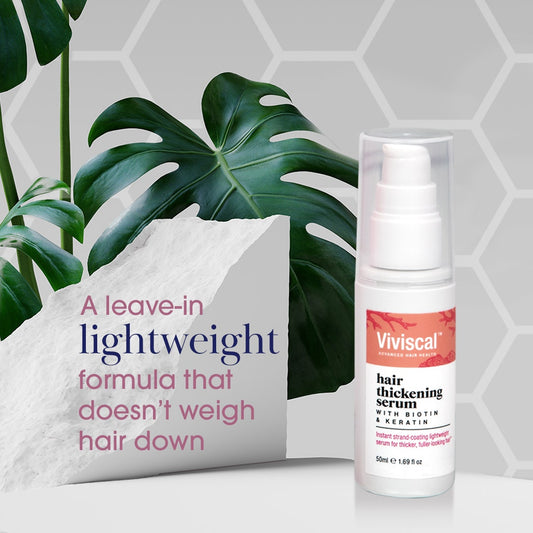What Are the Causes of Hair Loss in Men?
Male pattern baldness is the most common type of hair loss. It affects around 6.5 million men in the UK. So, if you’re a man dealing with thinning hair or a receding hairline, you aren’t alone.
Statistics aside, though, what causes hair loss in men? Read on to find out.
What does hair loss in men look like?
Usually, when men begin to lose their hair, they do so in a predictable pattern (hence why male hair loss is often referred to as ‘male pattern baldness’). Two of the most common hair loss patterns are as follows:
- Thinning on the top: in the initial stages of hair loss, a man may begin to experience thinning on the top of his head. This may also be accompanied by the loss of hair around the temples. As such, in later stages of balding, this leaves a ‘horseshoe’ ring of hair around the base and sides of the head.
- Receding from the front: a man’s hairline will begin to creep backwards and upwards, often starting at the temples and leaving a central strip of hair behind.
There have been more specific measurements of male baldness in recent years, most notably the Norwood Classification System, which outlines seven different stages of hair loss in men.
Genetics
One of the most common causes of hair loss in men is, without a doubt, genetics. According to the American Hair Loss Association, over 95% of male hair loss is down to genetics; more specifically, owing to a condition known as androgenetic alopecia.
What is androgenetic alopecia?
Not to be confused with alopecia areata, this type of alopecia is a genetic disorder that can be passed down through generations to cause hair loss. The chances are, if your father or grandfather is bald, you may well go bald too. Depending on your family history, male pattern baldness can begin as early as your teenage years.
This form of hair loss is caused by a genetic sensitivity to one of the by-products of testosterone known as dihydrotestosterone or DHT.
The hair follicles that are sensitive to DHT typically shrink over extended periods. This can cause brittle, more breakable hairs. This also reduces the lifespan of each hair and shortens the hair growth cycle significantly until no hair is produced at all.
Underlying health issues
Often, hair loss – in men and women alike – is a signal of an underlying problem with a person’s health. Hair as a living substance is very responsive to changes in the body, no matter how subtle.
If temporary hair loss occurs, it may be a result of conditions such as anaemia or a thyroid issue. What’s more, certain medical conditions can increase the likelihood of a person’s hair falling out. This is especially true for those with diabetes or lupus.
Certain medications
In some cases, the medications men take for certain health conditions may themselves be a cause of hair loss. Certain drugs taken to treat the following medical conditions have been connected to hair loss in men:
- High blood pressure & heart issues
- Gout
- Depression
- Arthritis
- Cancer
Stress
Another possible cause of hair loss in men is stress. This applies to women too.
Stress-related hair loss refers to loss after an extended period of chronic stress or a sudden shock to the system such as a family bereavement, accident, sudden weight loss, illness or surgery. However, it can also be caused by psychological stress.
Scientifically, this process is known as telogen effluvium. This form of hair loss isn't always permanent. Men's hair loss that occurs in this way usually grows back between two and six months later, once the body balances out and levels return to normal.
Products and styles
Some causes of hair loss are easier to diagnose than others and have a quick fix. In some cases, hair loss is caused by ‘external’ factors such as repetitive over-styling and poor reactions to certain hair products.
In men, it is common for traction alopecia to occur if hats are worn frequently or if the hair is regularly scraped/slicked back into a harsh style. The constant rubbing of hats (and the lack of airflow getting to the hair) often causes the hairline to begin to slip backwards. The same can be said for styles such as the 'man bun', where hair is scraped backwards.
In other cases, certain hair care products just might not agree with a person, causing the scalp to be irritated. If used a lot over time, these products may contribute to an increase in shedding.
Nutritional deficiencies
A fundamental contributor to hair loss across the board is nutritional deficiencies.
For hair to grow, it needs to be ‘fed’ with the right nutrients in the right quantities. These nutrients are absorbed by the hair follicles from the bloodstream in the scalp and include (but are not limited to):
- Zinc
- Vitamin C
- Iron
- Vitamin B7 (or biotin)
A deficiency in any one or more of these nutrients is likely to impact the hair growth phase (or anagen phase).
Choose hair growth vitamins for men
When it comes to hair loss, men do experience thinning and shedding at a different rate than women. However, there are ways to focus on hair growth. Luckily, Viviscal has devised a well-tested formula to help maintain your body’s blend of nutrients for healthy hair growth in the form of our hair growth vitamins for men.
Taken twice a day, this tablet-form food supplement bolsters the diet, giving the body the natural nutrients needed to nourish the hair from within, including:
- AminoMar C™
- Acerola cherry extract
- Silica (horsetail plant extract)
- Millet seed extract
- Plus, those listed in the ‘Nutritional deficiencies’ section above
If you have any questions about our hair growth vitamins for men, head to our FAQ page or get in touch with our friendly team today.
Use a Volumizing Shampoo & Lightweight Conditioner
How do I get more volume in my thin, fine hair? We get this question a lot at Vivisical™! Many women, especially those over 40, struggle with thinning hair and lack of volume. But don’t worry – we’ve got you covered with expert tips and tricks to add volume to thin hair. Whether you’re dealing with age-related hair thinning or naturally fine strands (or both!), these tips will help you achieve fuller-looking, more voluminous locks.
Understanding Thin Hair
Before diving into solutions, let’s address why some of us have fine or thin hair:
Genetics – Your DNA largely determines your hair type. If you have a parent with thin hair, you’re much more likely to have thin hair yourself.
Aging – Nearly everyone experiences some hair loss with age. Plus, hair follicles can shrink with age, leading to finer hair.
Hormonal changes – Pregnancy, menopause, and thyroid issues can affect hair thickness.
Nutritional deficiencies – Lack of certain vitamins and minerals can impact hair health.
Stress – High stress levels can lead to temporary thinning.
Thin hair presents unique styling challenges, like:
- Lack of body and bounce
- Difficulty holding styles
- Appearing flat, especially at the roots
- Becoming greasy more quickly
But don’t despair! You can transform the appearance of thin or fine hair with the proper techniques and products.
15 Secrets to Add Volume to Fine & Thin Hair
Before diving into solutions, let’s address why some of us have fine or thin hair:
1. Use a Volumizing Shampoo & Lightweight Conditioner
How do I get more volume in my thin, fine hair? We get this question a lot at Vivisical™! Many women, especially those over 40, struggle with thinning hair and lack of volume. But don’t worry – we’ve got you covered with expert tips and tricks to add volume to thin hair. Whether you’re dealing with age-related hair thinning or naturally fine strands (or both!), these tips will help you achieve fuller-looking, more voluminous locks.
2. Skip the Towel
When drying freshly washed hair, a regular cotton terry towel can rough up the cuticle and cause breakage to fragile, wet hair. Instead, gently wrap hair in an old T-shirt or a bamboo hair wrap designed to absorb moisture without damaging it.
3. Choose a Thickening Serum
After you’ve washed your hair, apply a lightweight leave-in product like Vivisical™ Hair Thickening Serum. Vivisical™ Hair Thickening Serum coats each strand to reduce frizz, leading to thicker, fuller-looking hair^^. Whether you air dry or blow dry your hair, this is a great addition to your routine.
^^Use in conjunction with Vivisical™ Thickening Shampoo and Strengthening Conditioner
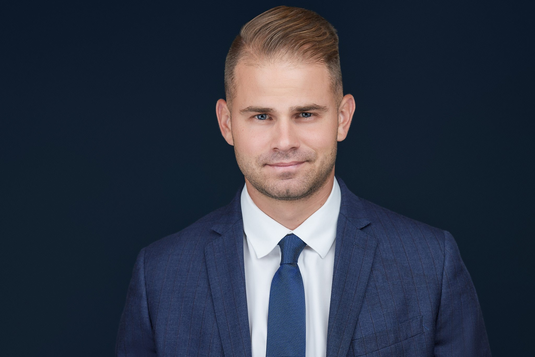
Vivisical™ has been researched, and in just one of the many studies, the people who took this supplement had more hair after taking it three months, and less hair shedding.
-Dr. Brian Heil, Doctor of Trichology
Frequently Asked Questions
How do I get more volume in my thin, fine hair?
To add volume to thin, fine hair, start with a volumizing shampoo and conditioner. Use styling products like mousse or root-lifting spray on damp hair, then blow-dry hair upside down for maximum lift. Finish with a texturizing spray or dry shampoo to add body and grip to your style.
How can I make my thin hair look thicker?
To make thin hair appear thicker, opt for a cut with long layers that create movement without losing much fullness. Use thickening products that coat the hair shaft, and consider strategic coloring techniques like highlights and lowlights to add depth and dimension. Styling hair with textures such as waves or curls can also make hair look thicker than sleek, straight styles.
How do I get more volume in my thin, fine hair?
To combat flat hair on top, apply a volumizing root spray to damp roots before blow-drying. Use the “twist and clip” method: twist sections of damp hair, clip them to your head, and let them dry for added lift. Additionally, try changing your part or using a zigzag part to create instant volume at the crown.

